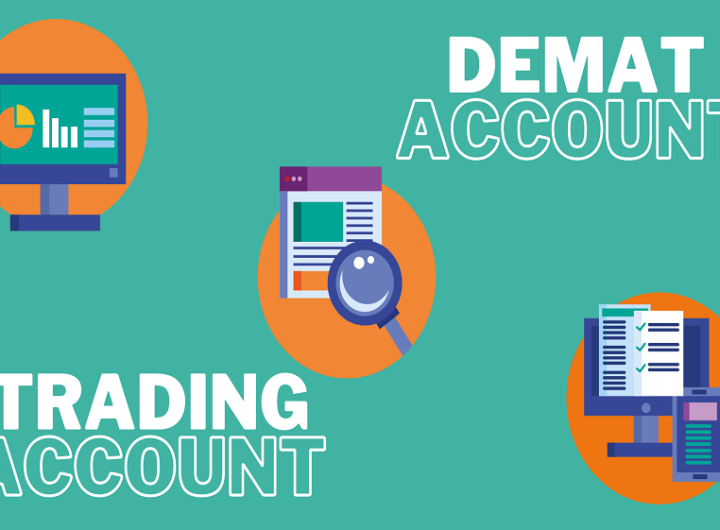
When it comes to derivatives trading, two popular instruments that investors often encounter are futures and options. In the context of the Bank Nifty Option Chain, this article aims to highlight the key differences between future and options, shedding light on their unique characteristics and benefits.
Bank Nifty Option Chain: Understanding the Basics: The Bank Nifty Option Chain provides investors with a comprehensive view of the available options contracts for the Bank Nifty index. It displays the strike prices, option premiums, and other relevant information for both call and put options. The Bank Nifty Option Chain is a powerful tool for traders to analyze market sentiment and make informed decisions.
Futures: The Obligation to Buy or Sell: Futures contracts are binding agreements to buy or sell a specific quantity of an underlying asset at a predetermined price and date in the future. In the Bank Nifty Option Chain, future and options contracts represent the obligation to buy or sell the Bank Nifty index at a specified date and price. By trading Bank Nifty futures, investors can speculate on the direction of the index and potentially profit from price movements.
Options: The Right, but Not the Obligation: Options, on the other hand, provide traders with the right, but not the obligation, to buy or sell an underlying asset at a predetermined price within a specified timeframe. In the Bank Nifty Option Chain, call options give the holder the right to buy the Bank Nifty index, while put options grant the right to sell it. Unlike future and options traders have the flexibility to exercise their rights or let the options expire worthless.
Risk and Reward Profiles: The risk and reward profiles of futures and options differ significantly. With future and options, both the potential gains and losses are unlimited. If the Bank Nifty index moves against the trader’s position, losses can accumulate rapidly. Conversely, if the index moves in the trader’s favour, profits can be substantial. Options, on the other hand, offer limited risk and unlimited reward potential. The maximum loss for an options trader is limited to the premium paid, while the profit potential can be significant if the market moves in the expected direction.
Margin Requirements: Margin requirements also vary between future and options. In futures trading, traders are required to deposit a margin amount that serves as collateral for their positions. The margin is typically a percentage of the contract value and varies based on market conditions. Bank Nifty Option Chain trading, however, involves the payment of a premium upfront. The premium represents the cost of acquiring the options contract and is determined by factors such as the strike price, time to expiration, and market volatility.
Time Decay and Expiration: Options contracts have a limited lifespan, known as the expiration date. As the expiration date approaches, options experience time decay, which means their value erodes. This is particularly relevant in the Bank Nifty Option Chain, where traders need to consider both market movements and the impact of time decay. Future and options contracts, on the other hand, do not have an expiration date, as they represent a binding agreement to buy or sell the underlying asset at a future date.

 Options Greeks in Action: Structuring Multi-Leg Trades for Italian Equities and Indices
Options Greeks in Action: Structuring Multi-Leg Trades for Italian Equities and Indices  A ComMarket prehensive Guide to the Indian Stock Apps
A ComMarket prehensive Guide to the Indian Stock Apps  Unleashing the Power: Exploring the Features of Top trading app in India
Unleashing the Power: Exploring the Features of Top trading app in India  Options trading platforms: A guide to technology and tools
Options trading platforms: A guide to technology and tools  Practices to consider when trading ETFs
Practices to consider when trading ETFs  Understanding technical analysis and chart patterns in the stock market
Understanding technical analysis and chart patterns in the stock market  How Loan Calculators Help Borrowers Plan EMIs With Greater Accuracy
How Loan Calculators Help Borrowers Plan EMIs With Greater Accuracy  Common Mistakes to Avoid When Working with a B2B Marketing Agency
Common Mistakes to Avoid When Working with a B2B Marketing Agency  Everything You Need to Know About Floor Cleaning in Oregon & Southwest Washington
Everything You Need to Know About Floor Cleaning in Oregon & Southwest Washington